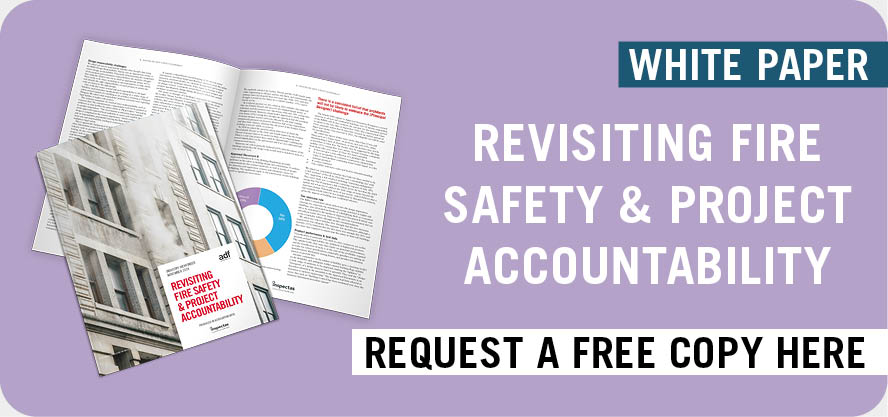In today’s challenging economic environment, businesses are under increasing pressure to reduce costs and stay competitive. However, cutting costs can be a tricky balancing act. How do you save money without compromising quality or customer satisfaction? In this guide, we will provide you with practical tips on how you can reduce some of your business expenses without sacrificing quality.
Assess Your Expenses
Assessing your expenses is the first step to cutting costs in your business. By analysing your income statement, you can identify the areas where you are spending the most money. This will give you a clear picture of your current expenses and help you to identify where you can reduce your costs. You may find that you are overspending on certain expenses, such as rent, payroll, utilities, inventory, and marketing expenses. Once you have identified these areas, you can start looking for ways to reduce your spending and improve your bottom line. You should try and assess your expenses regularly, to ensure that they are kept in check and to help you identify new ways you can save money.
Analyse Utility Contracts
Utility bills, including electricity, gas, and water, can be significant costs for businesses. But, you may be able to get better rates with your utilities through a different provider. Start by analysing your bills and identifying any areas where you are overspending. For example, if your business spends a lot on water, go online and compare business water rates and see if you can negotiate a better rate. If this isn’t possible, consider switching to more cost-effective business water contracts or providers that can give you a better deal. When looking to compare business water rates, remember to consider what other services different providers offer and the different ways they accept payments as these could impact your decision.
Outsource Non-Core Functions
Outsourcing non-core functions can be an effective way to reduce overhead costs. Non-core functions are tasks that are not directly related to your core business activities. Examples of non-core functions include accounting, IT support, or customer service. By outsourcing these functions, you can focus on your core business activities and reduce your operating costs. Outsourcing can also provide access to specialised expertise and technology, which can help you to improve the quality of your products or services.
Cut Marketing Costs
Marketing is essential for business growth, but it can also be expensive. To cut marketing costs without sacrificing quality, you need to focus on targeted, low-cost strategies. One effective strategy is content marketing, which involves creating high-quality content that provides value to your target audience. This can include videos, social media posts, infographics, and blog posts. Another strategy is email marketing, which involves sending targeted emails to your subscribers. By focusing on low-cost, targeted strategies, you can reduce your marketing expenses while still reaching your target audience and generating leads.
Cutting business expenses doesn’t have to mean sacrificing quality. By taking a strategic approach and implementing cost-saving measures, you can reduce your operating costs while maintaining high-quality products or services. With the tips outlined above, you can take control of your finances and stay competitive in today’s challenging business environment.



